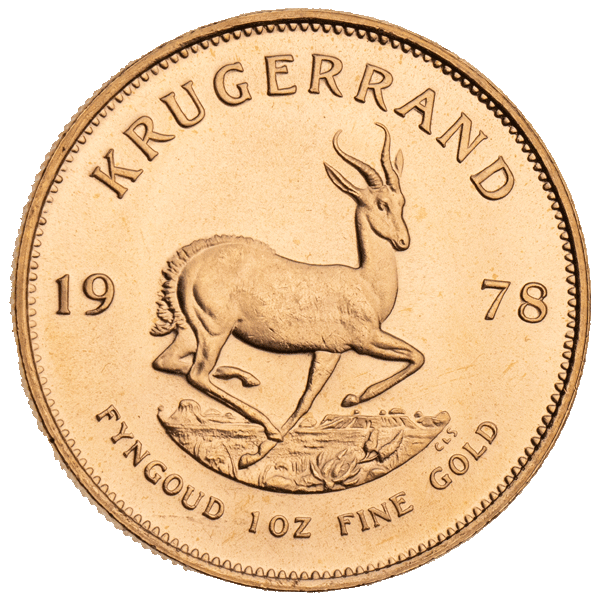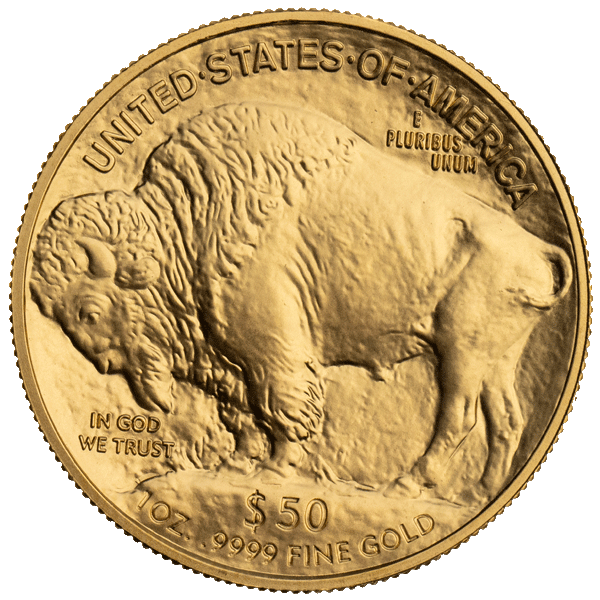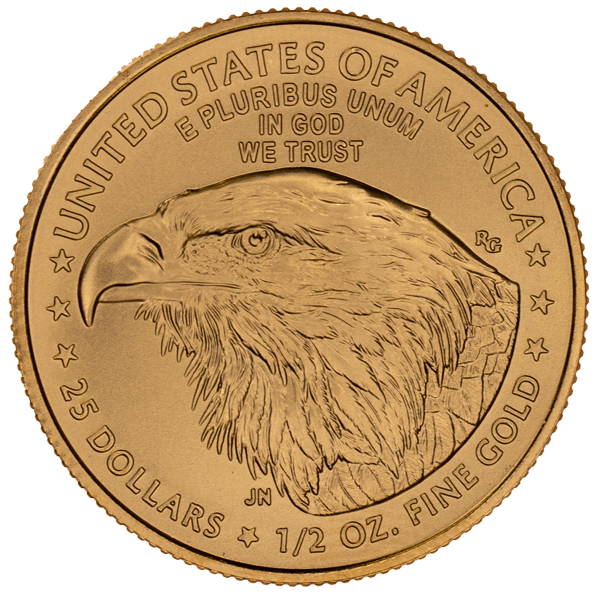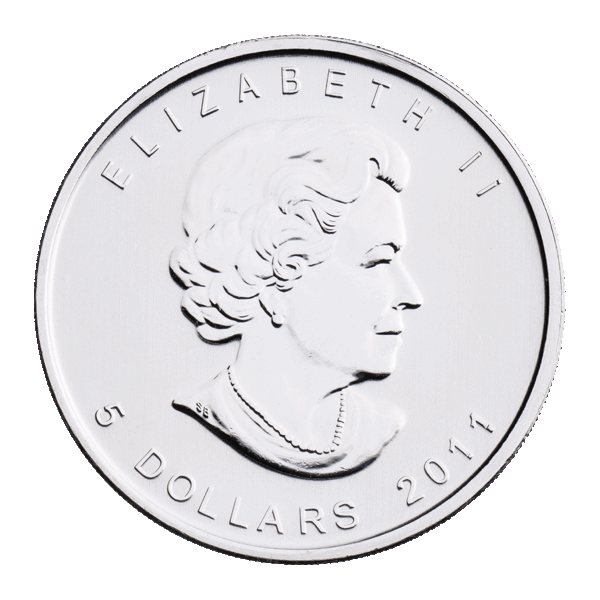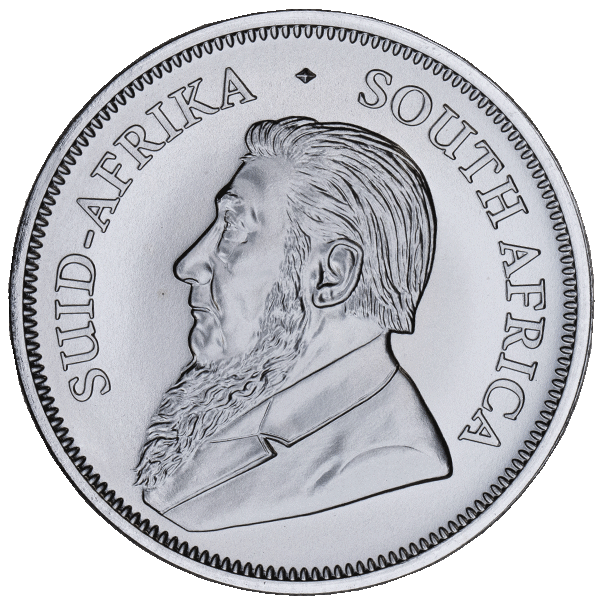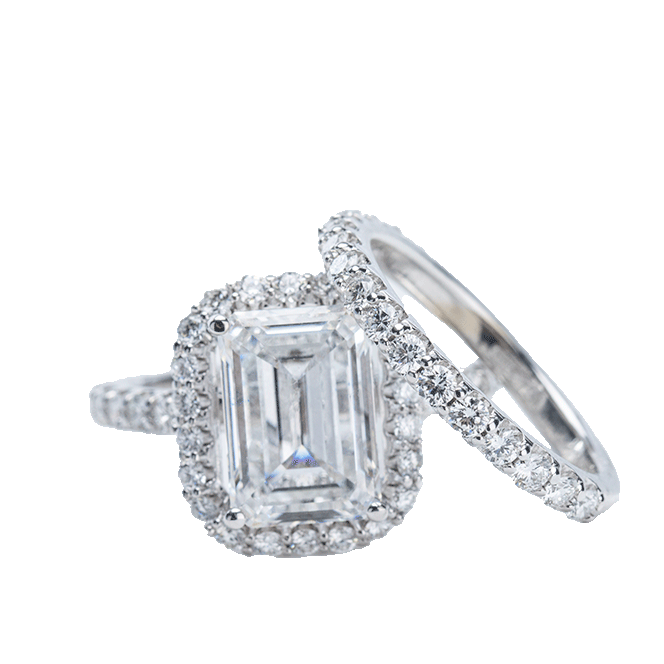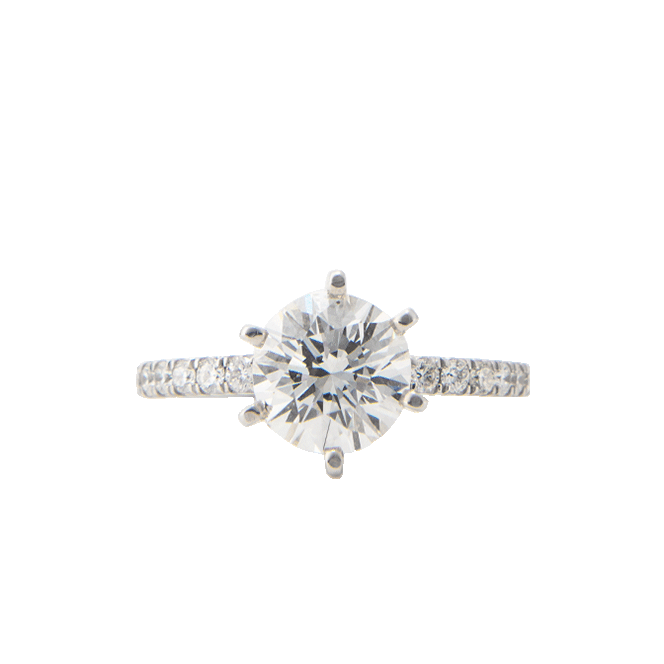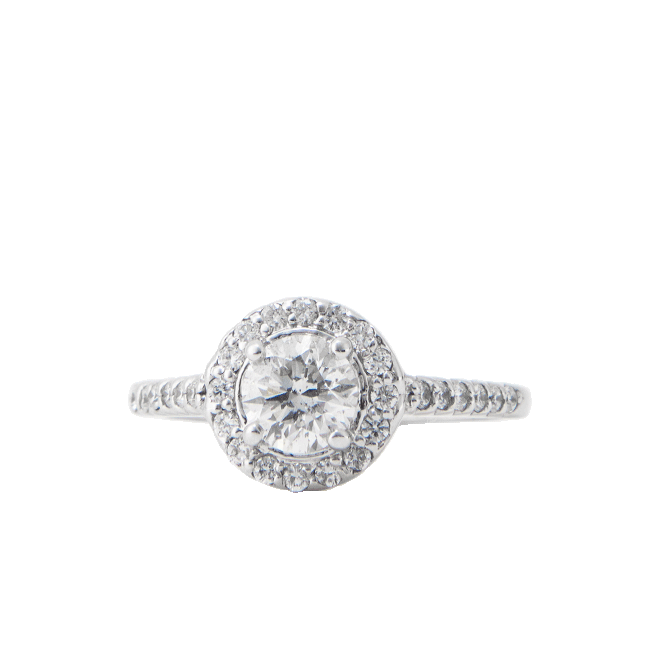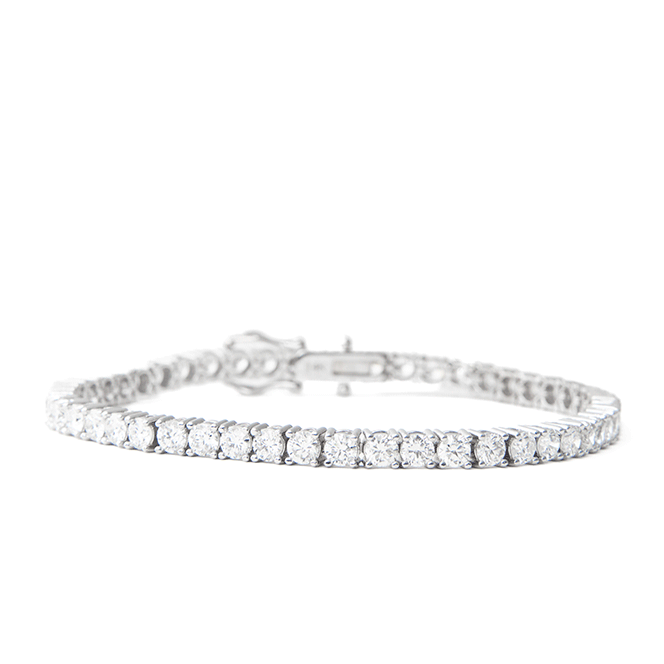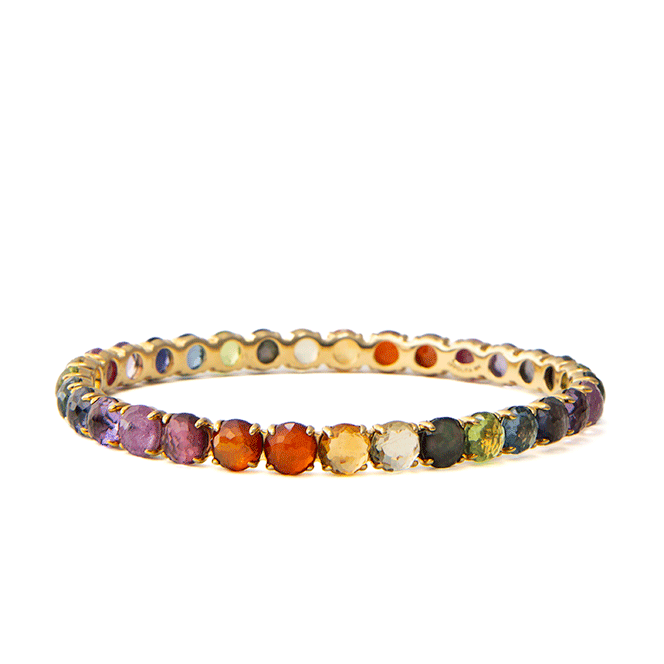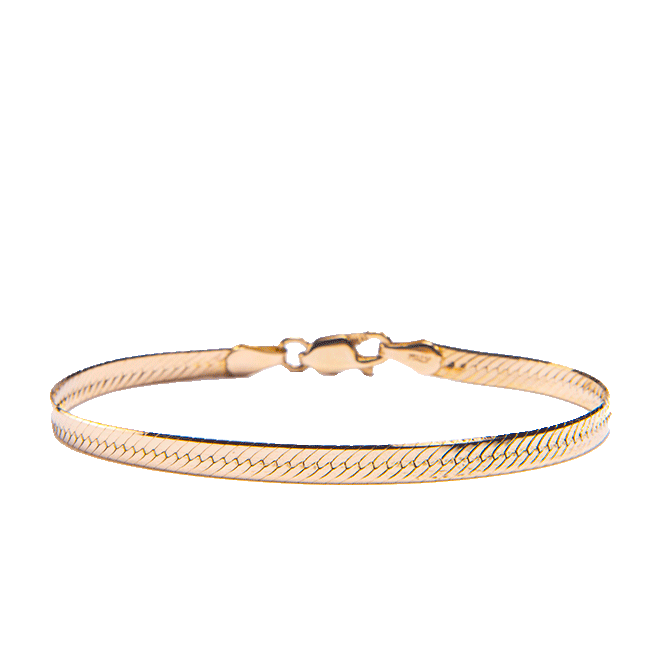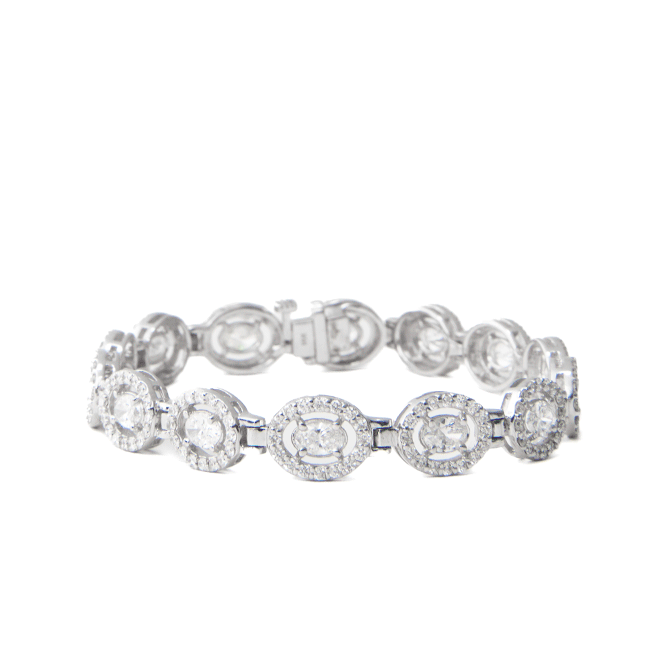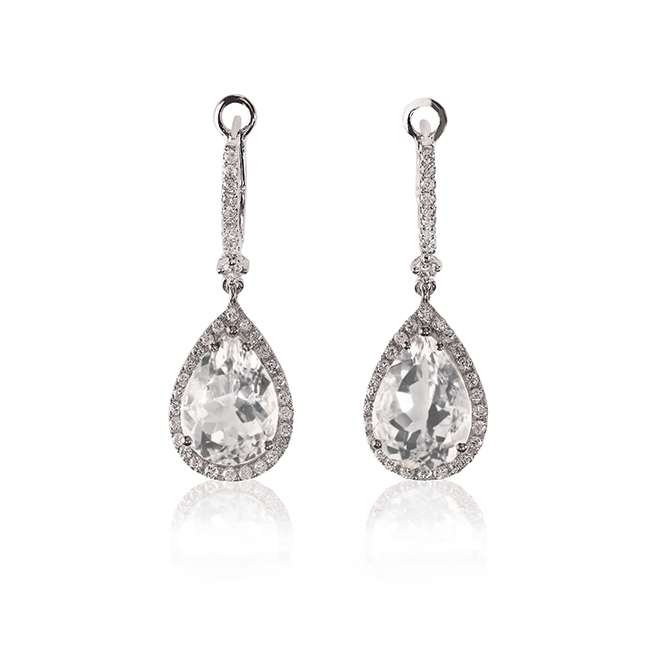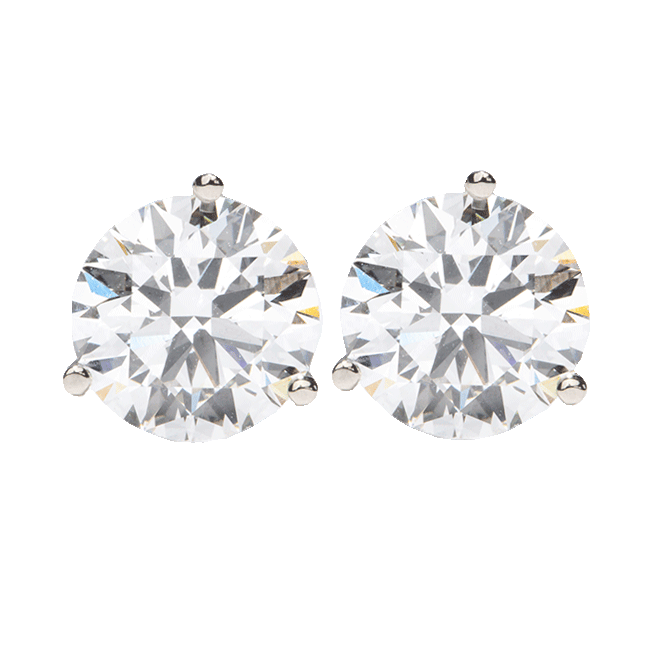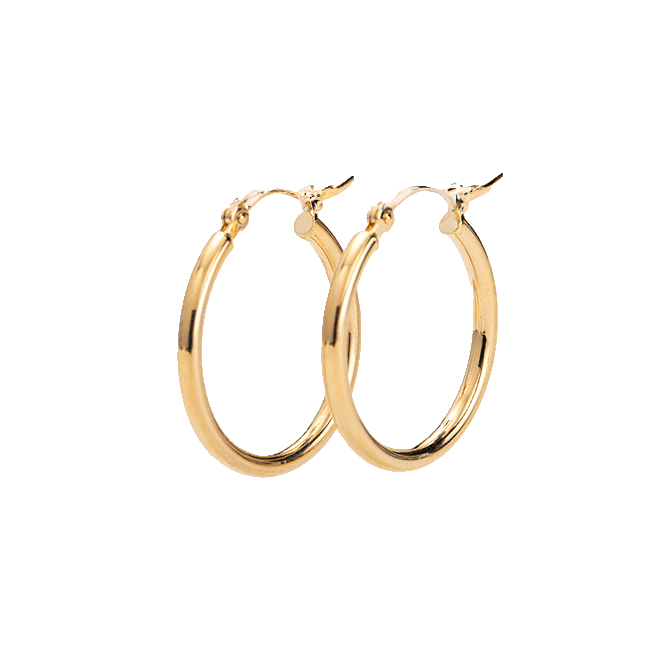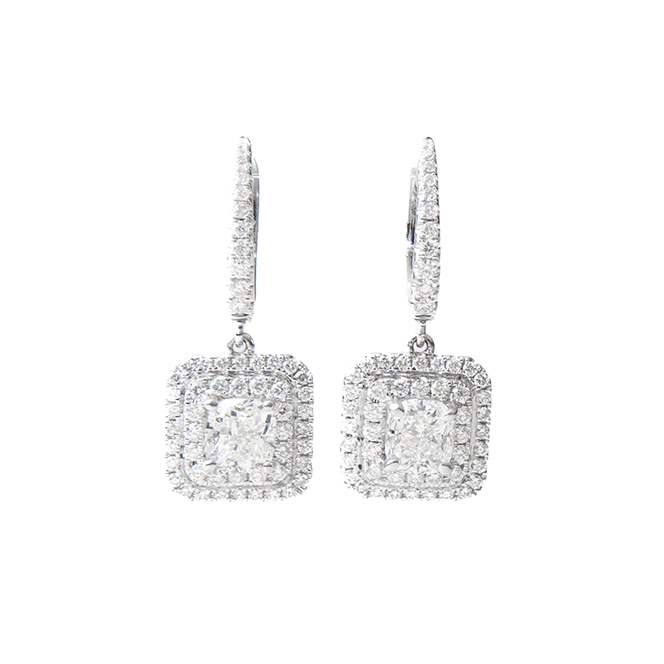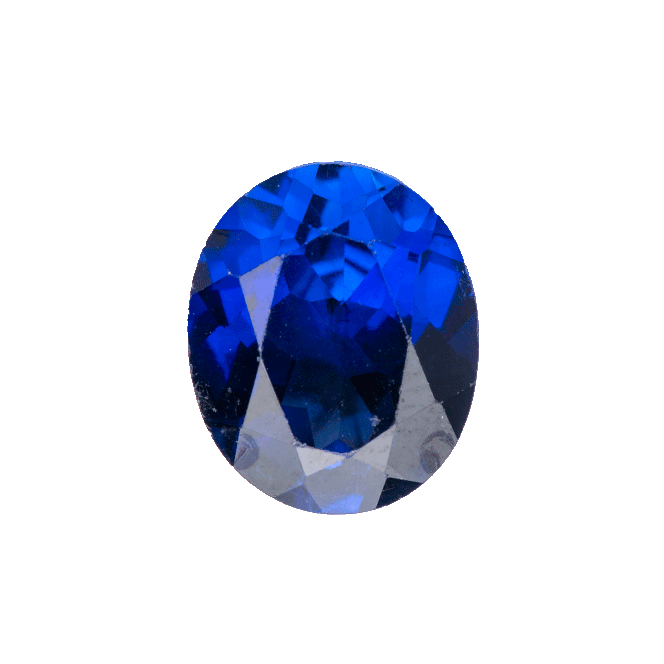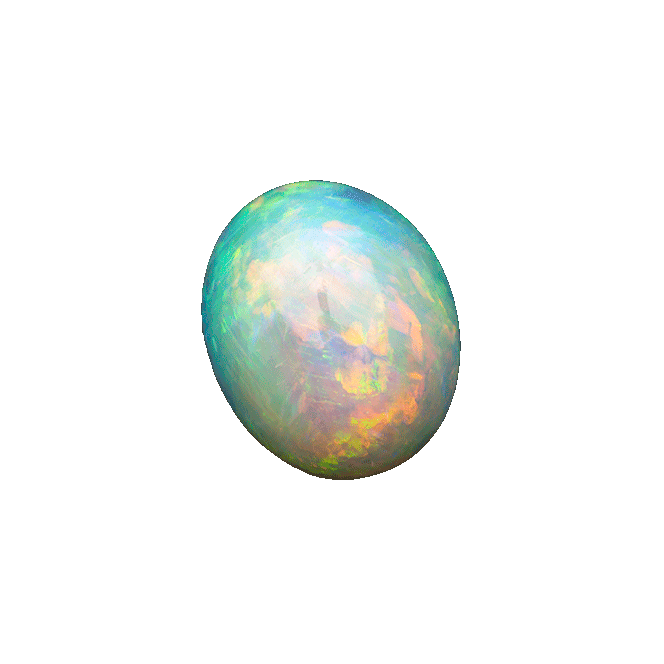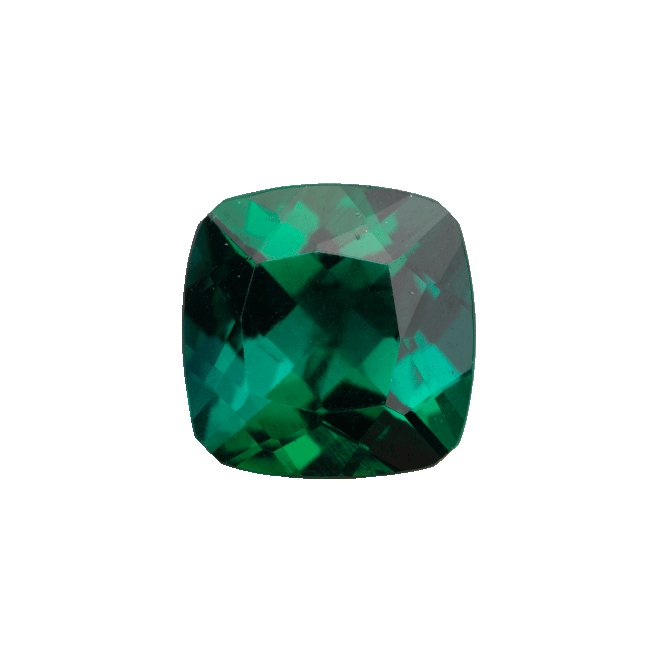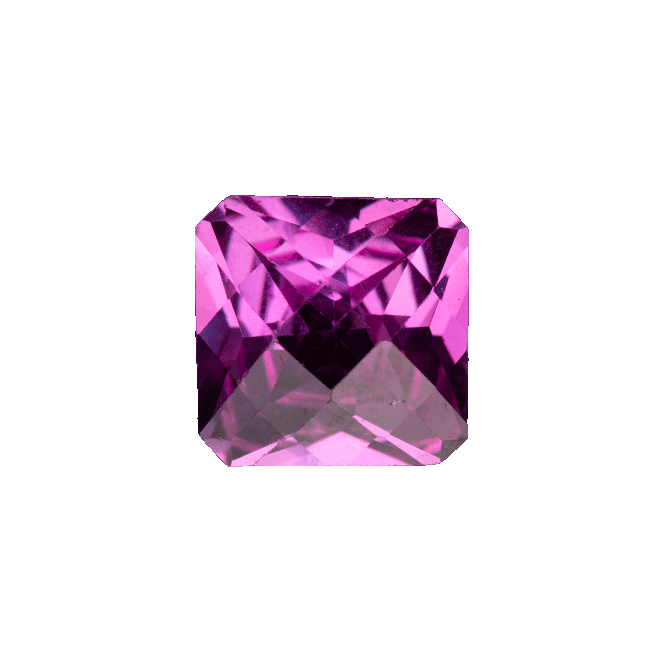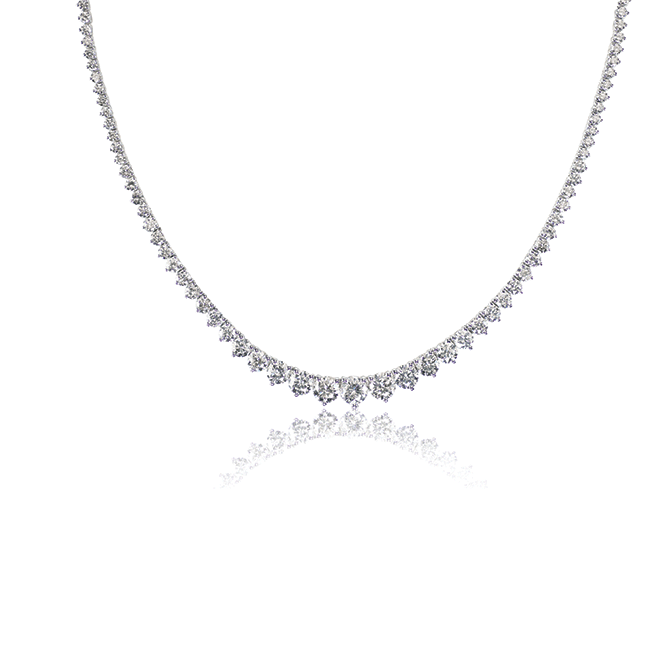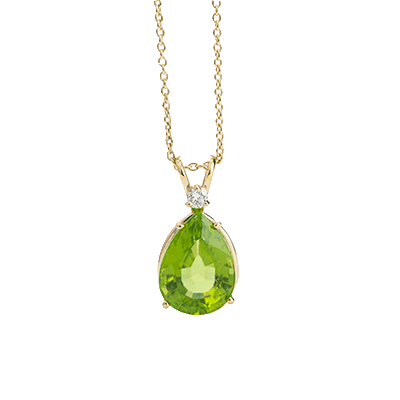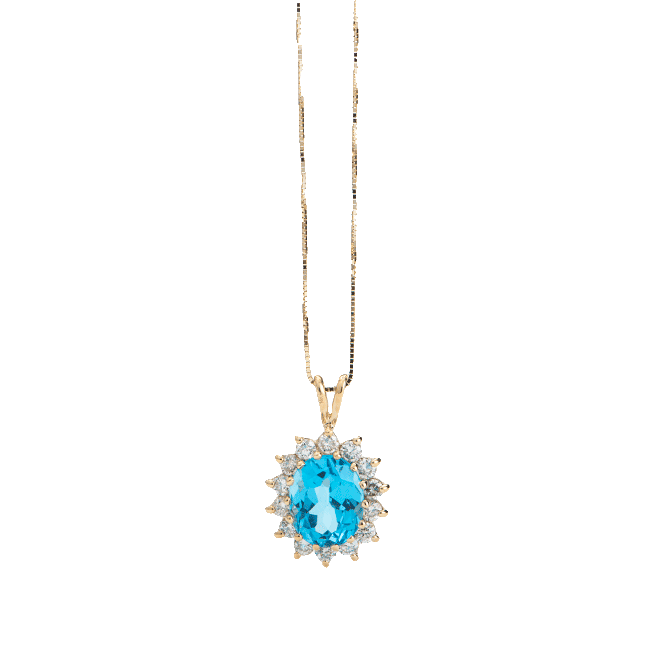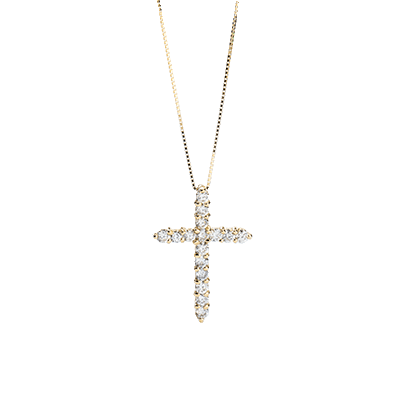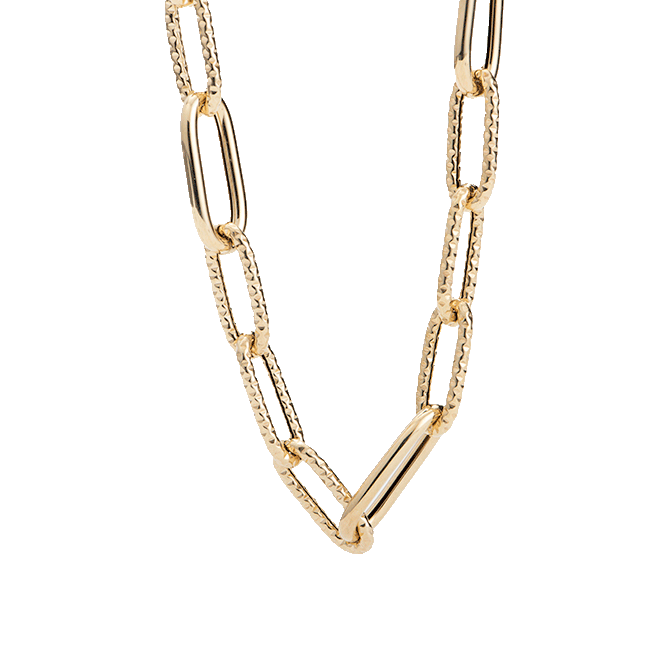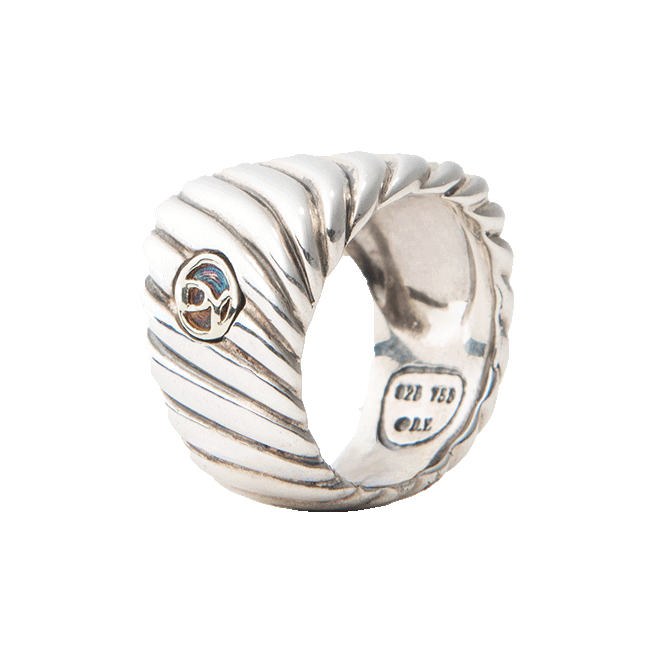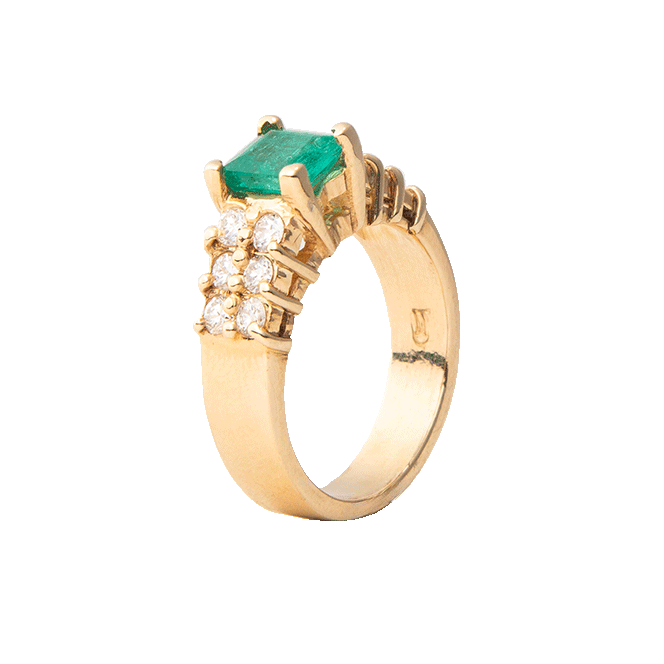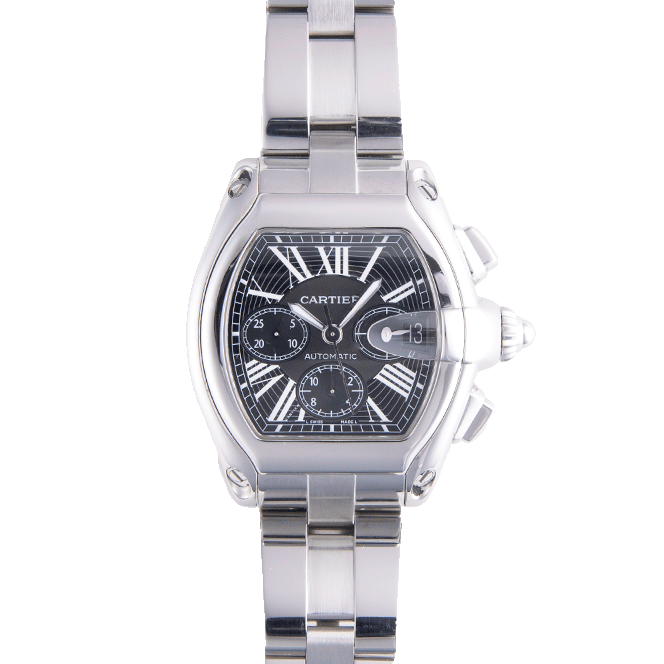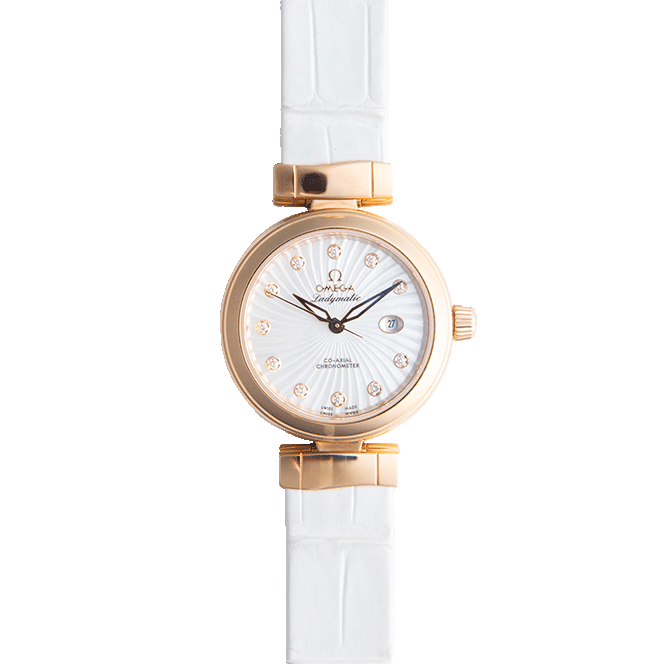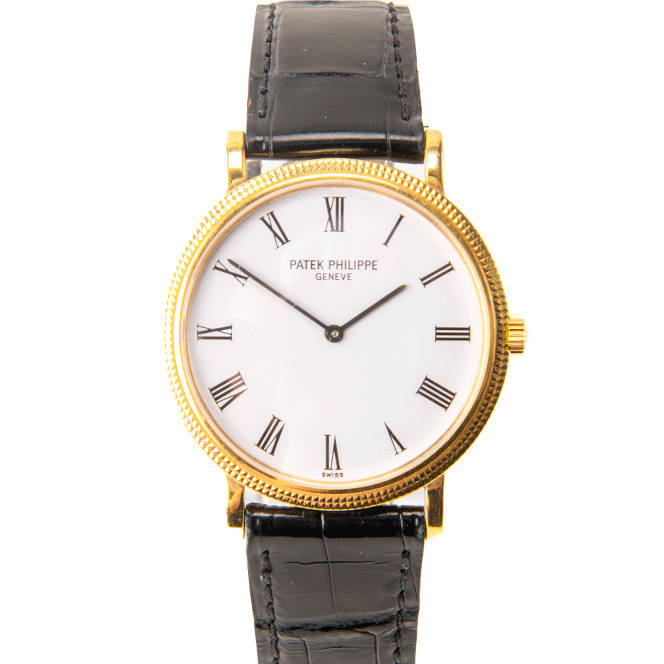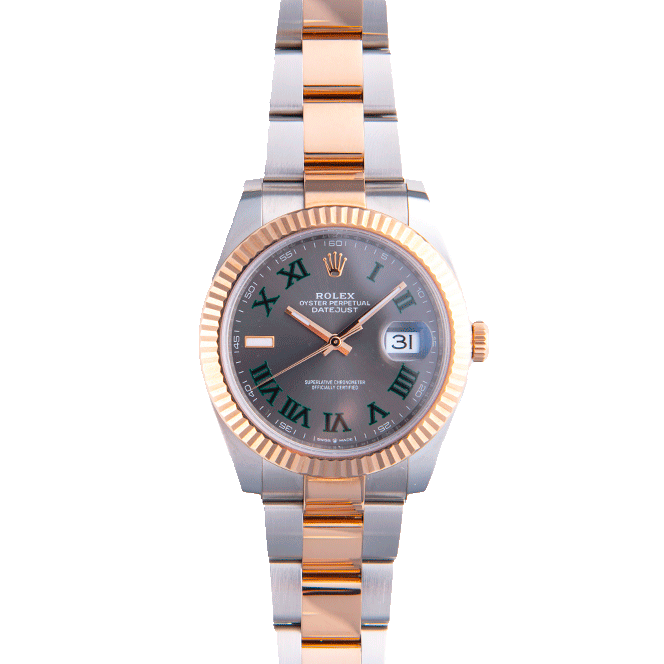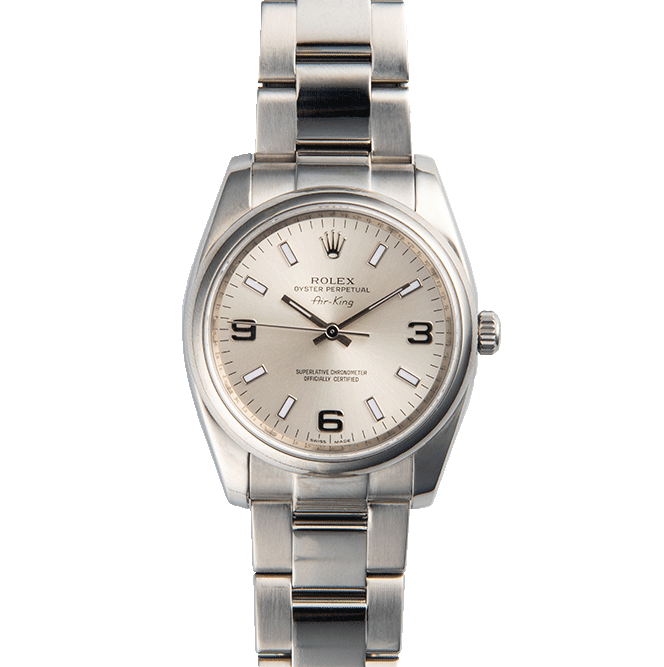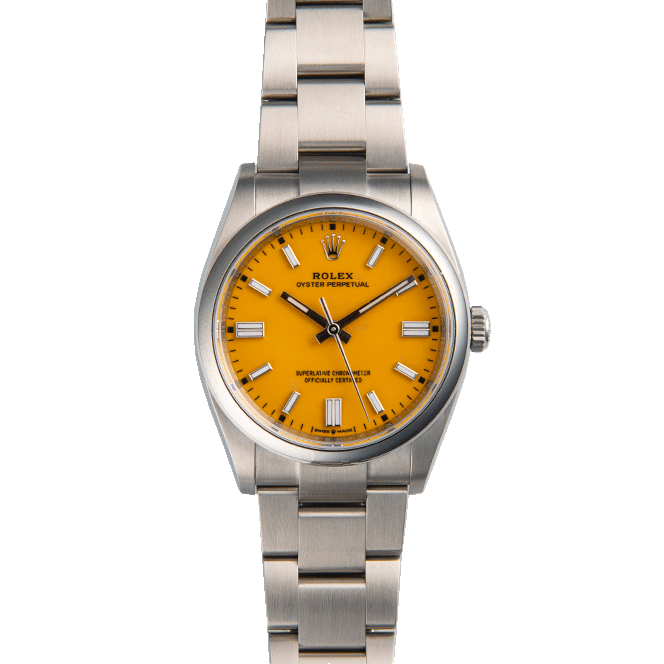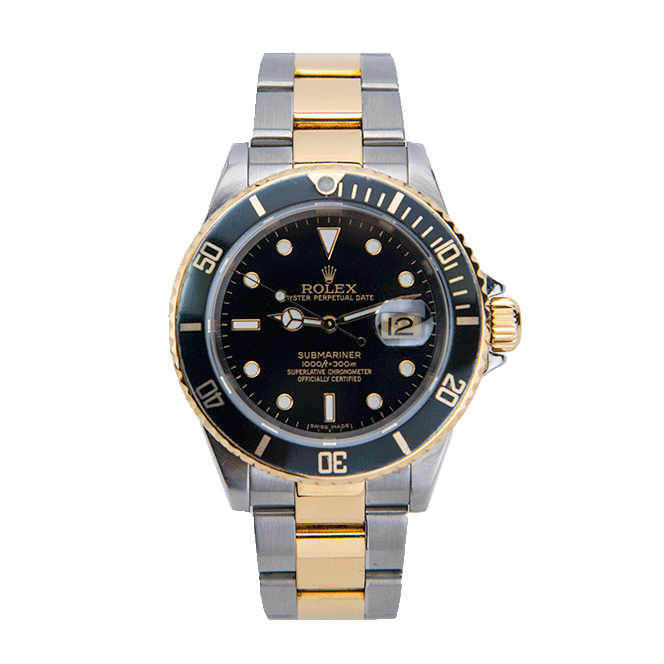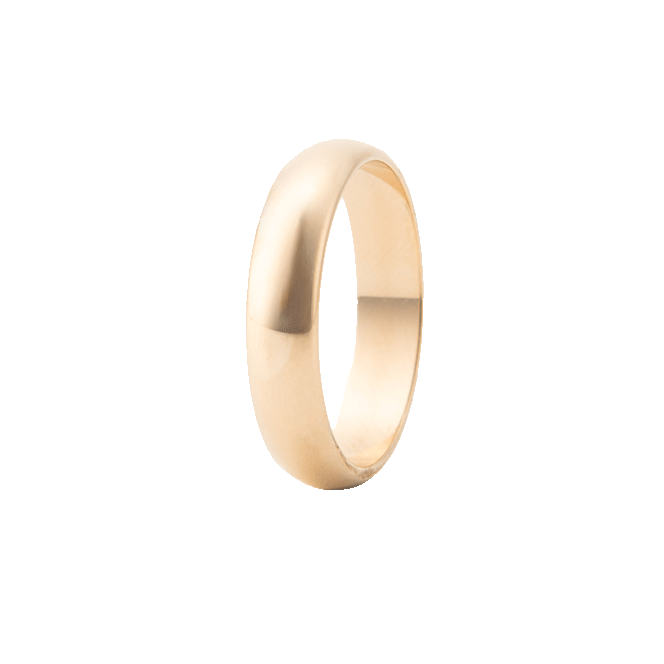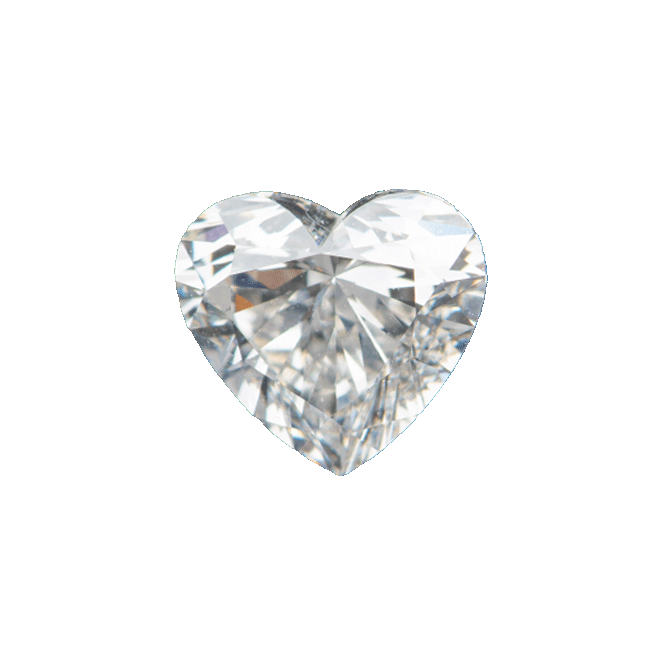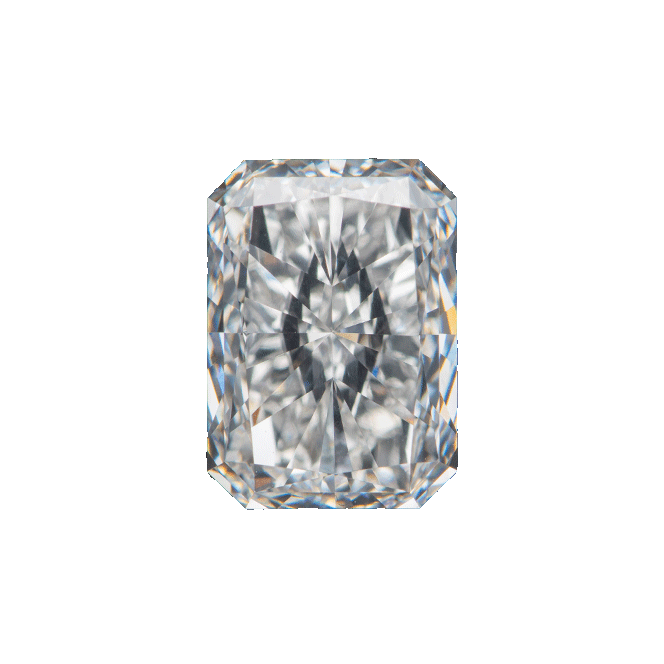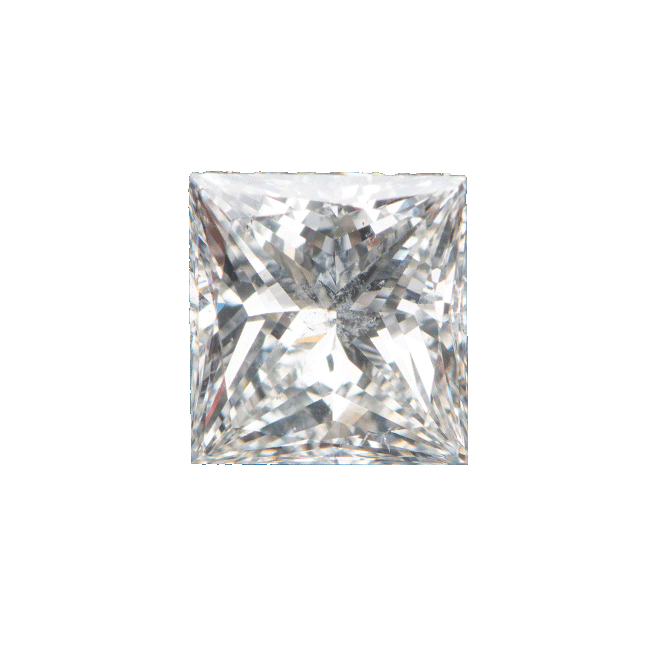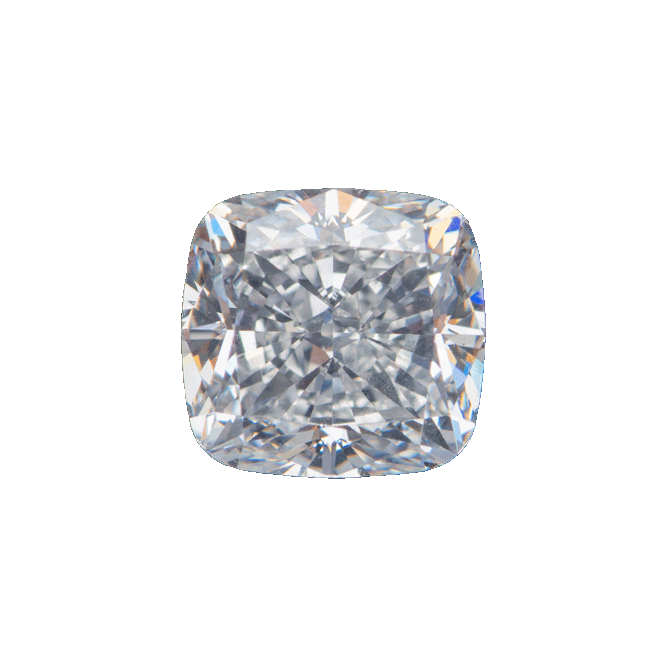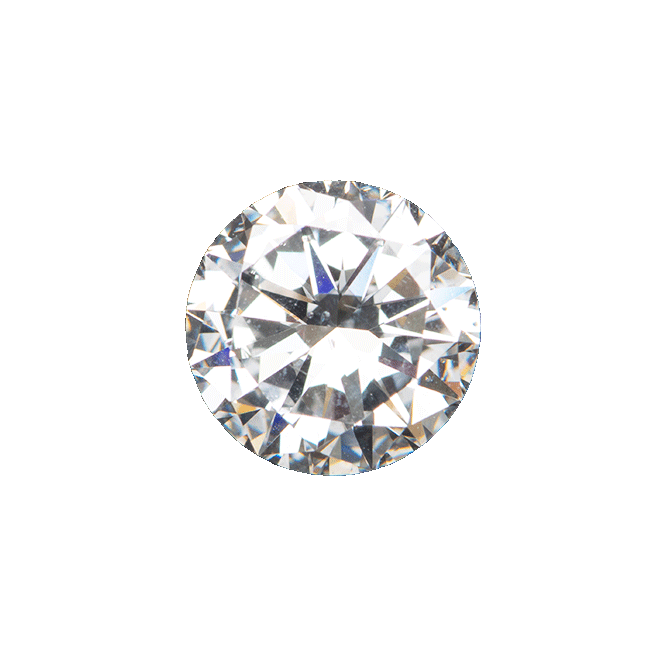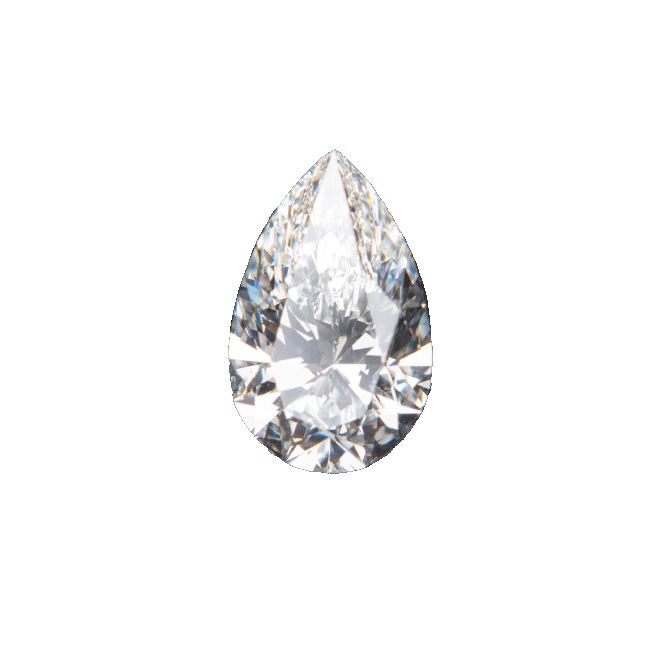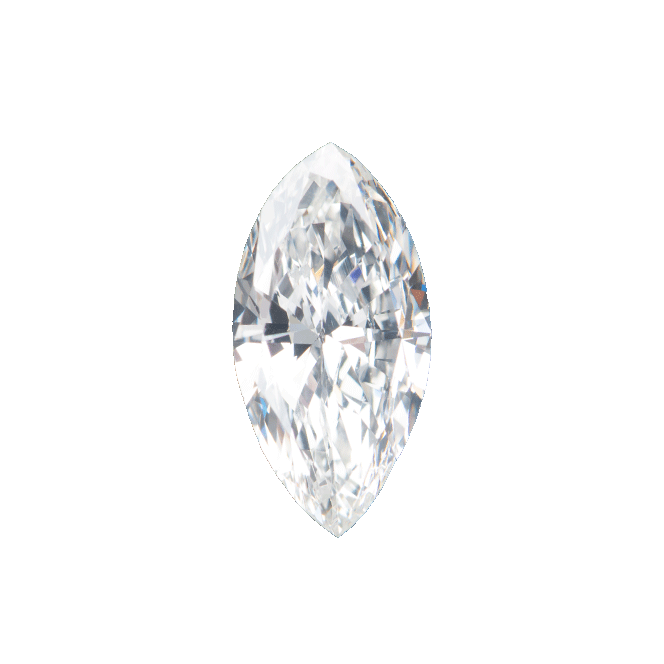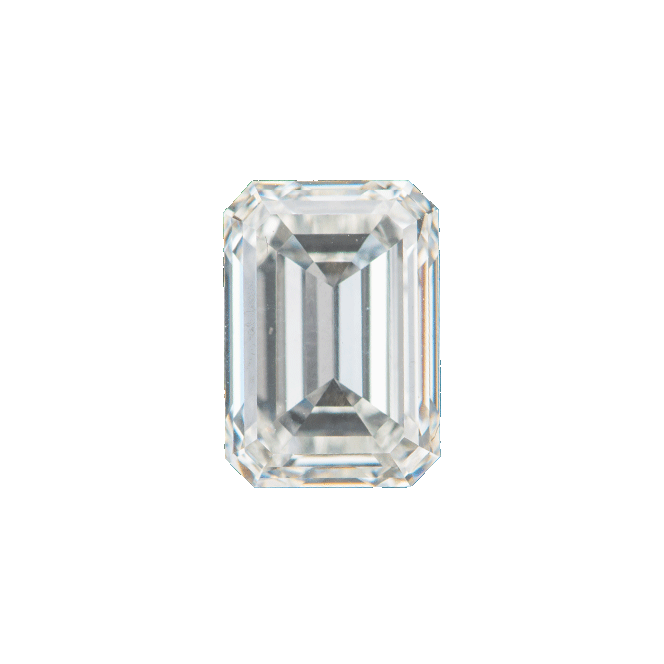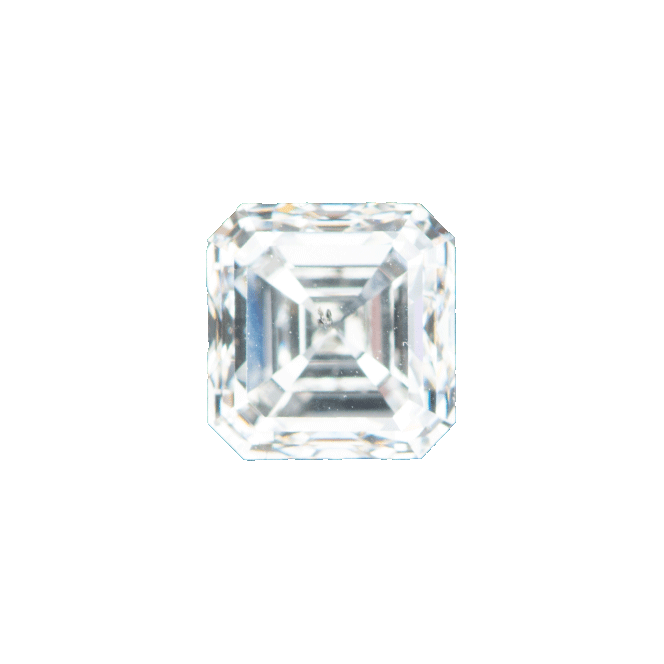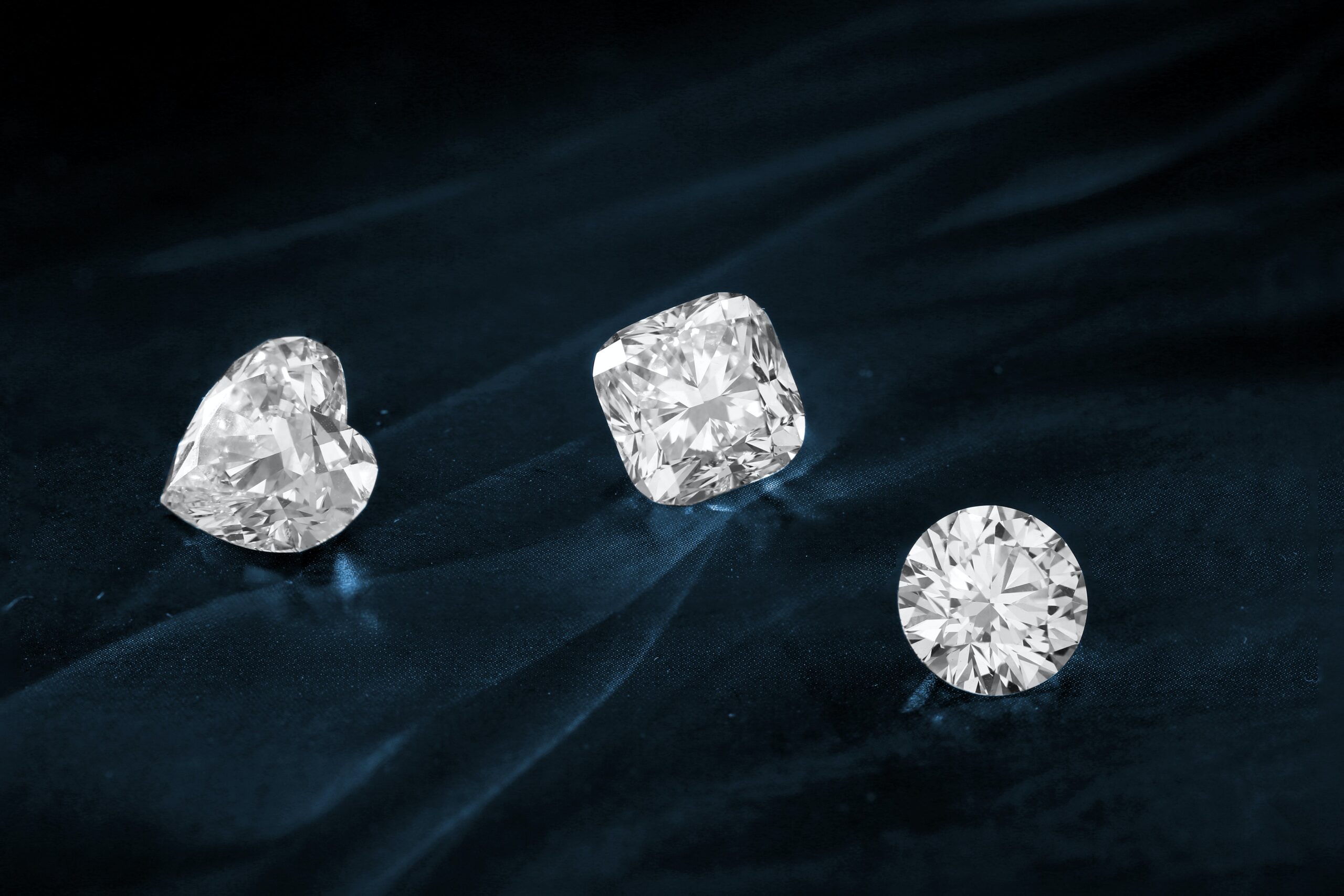When shopping for diamond jewelry, one key decision is choosing a lab-grown or naturally-formed diamond. In this post, we’ll break down the distinctions in origin, environmental impact, quality, and more to help educate and empower jewelry buyers.
Lab-grown diamonds are identical to natural diamonds on a molecular level and exhibit the same optical, chemical, thermal, and physical characteristics; but their origin and story are where the differences arise.
What is a Lab-Grown Diamond?
A lab-grown diamond is meticulously crafted inside a controlled laboratory environment. Utilizing cutting-edge technology, these labs replicate the conditions deep within the Earth, where natural diamonds form over billions of years. But don’t be misled by the term “lab-grown” – these diamonds are genuine diamonds in every sense. As a result, they share the same physical, chemical, and optical characteristics as mined diamonds. The distinction lies in their origin, not in their composition.
Are Lab-Grown Diamonds Sustainably Sourced?
“One key advantage of lab diamonds is their eco-friendly and ethical sourcing compared to mined diamonds,” says John Weems, a GIA-trained gemologist at Four Nines. “Lab-grown production has minimal environmental impact with no direct habitat disruption or resource exploitation.” Producers employ renewable energy and recycle gases for efficiency.
Natural mining can disrupt ecosystems, use extensive energy in excavation, and carry ethical concerns around mining conditions that lab diamonds bypass. However, the natural diamond industry has markedly improved the tracing of sources to ensure responsible mining.
Indistinguishable Sparkle and Quality
Both diamond origins offer indistinguishable brilliance, fire, and scintillation when expertly cut and polished. Cut quality remains the most important factor determining a diamond’s visual performance.
Without microscopic marking, even jewelers cannot differentiate between the two without advanced testing. Lab diamonds boast the same exceptional hardness, clarity, color options, and carat sizes as their natural counterparts.
Are Lab Diamonds as Good as Real Diamonds?
When it comes to the physical and chemical properties, lab diamonds and natural diamonds are indistinguishable. They both exhibit the same sparkle, fire, and brilliance. They’re both composed of carbon atoms arranged in a diamond cubic structure, the unique arrangement that gives diamonds their unparalleled hardness. The primary difference lies in their origin and, sometimes, their trace elements or minute inclusions, which result from the formation process. Also, given their controlled creation process, lab diamonds are often more flawless than their natural counterparts. It’s worth noting that the term “real” can be misleading: both are real diamonds with the same beauty and durability.
Which is Better: Lab Grown or Natural Diamond?
The “better” choice is highly subjective and hinges on individual priorities. Lab-grown diamonds are unrivaled if ethical considerations and sustainability are paramount for you. They guarantee conflict-free origins and minimize environmental degradation associated with mining. However, if you’re captivated by the millennia-old history encapsulated in natural diamonds, their allure might be unmatched. Additionally, due to their rarity, natural diamonds tend to have a higher resale value. Considering personal preferences and values, it’s essential to weigh the pros and cons.
“Ultimately, it depends on what the customer wants. If a customer wants more quality for less money, then lab grown diamonds might be right for them,” Weems says. “If a customer is more interested in the idea of rarity, exclusivity, and owning an asset of value, then a natural diamond might be right for them.”
Why Choose Lab Grown Diamonds?
Physically and optically, lab-grown diamonds are just as good as natural diamonds. Lab-grown diamonds are a great choice if you’re looking for a diamond that will deliver aesthetically.
“I think more and more people are turning to lab-grown diamonds for the beauty of the stone. People hear and read about the benefits of lab-grown diamonds, but it is another thing to see close a colorless vs. lab-grown diamond that is 3,4 or 5 carats in weight,” Weems says. “It is stunning. Most people never see a natural diamond like that, let alone consider purchasing one.”
Two Methods of Creating Lab-Grown Diamonds
Lab-grown diamonds are predominantly produced using two advanced technological methods: Chemical Vapor Deposition (CVD) and High-Pressure High Temperature (HPHT). Both techniques mimic the natural conditions under which diamonds form but employ distinct approaches.
What is the Difference Between CVD and HPHT Diamonds?
The CVD method involves placing a diamond seed in a chamber filled with a carbon-rich gas, like methane. The chamber is then heated to a high temperature, causing the gas to break down, allowing carbon atoms to settle on the diamond seed. Over time, the diamond grows layer by layer. In contrast, the HPHT method recreates the high pressure and high temperature conditions found deep within the Earth. A carbon source, often graphite, is placed in a press with a diamond seed, and exposed to these extreme conditions until it crystallizes into a diamond. Both processes yield genuine diamonds, but they might differ in terms of inclusions and trace elements.
Diamonds are formed under specific conditions of high pressure and temperature. In a laboratory setting, there are two primary methods to replicate these conditions:
Chemical Vapor Deposition (CVD)
This method places a small diamond seed in a chamber filled with carbon-rich gas. The chamber is heated to an extreme temperature, causing the gas to break down and carbon atoms to attach to the diamond seed, growing it layer by layer.
High Pressure High Temperature (HPHT)
This method mimics the natural formation of diamonds. A carbon source, usually graphite, is exposed to high temperatures and pressures inside a press, causing the carbon to crystallize into a diamond.
Many see tremendous value in lab diamonds that embody the same allure at lower cost. Yet rarity cements natural diamonds as prized heirlooms and stores of value. Others find added meaning in diamonds formed over eons within the earth. Budget, sustainability, and sentiment help determine the best choice.
“An informed buyer evaluating with their priorities in mind is positioned for the ideal diamond selection,” concludes Weems. “As technology progresses, lab diamonds will likely continue playing a prominent role in transforming diamond access and shopping.”
